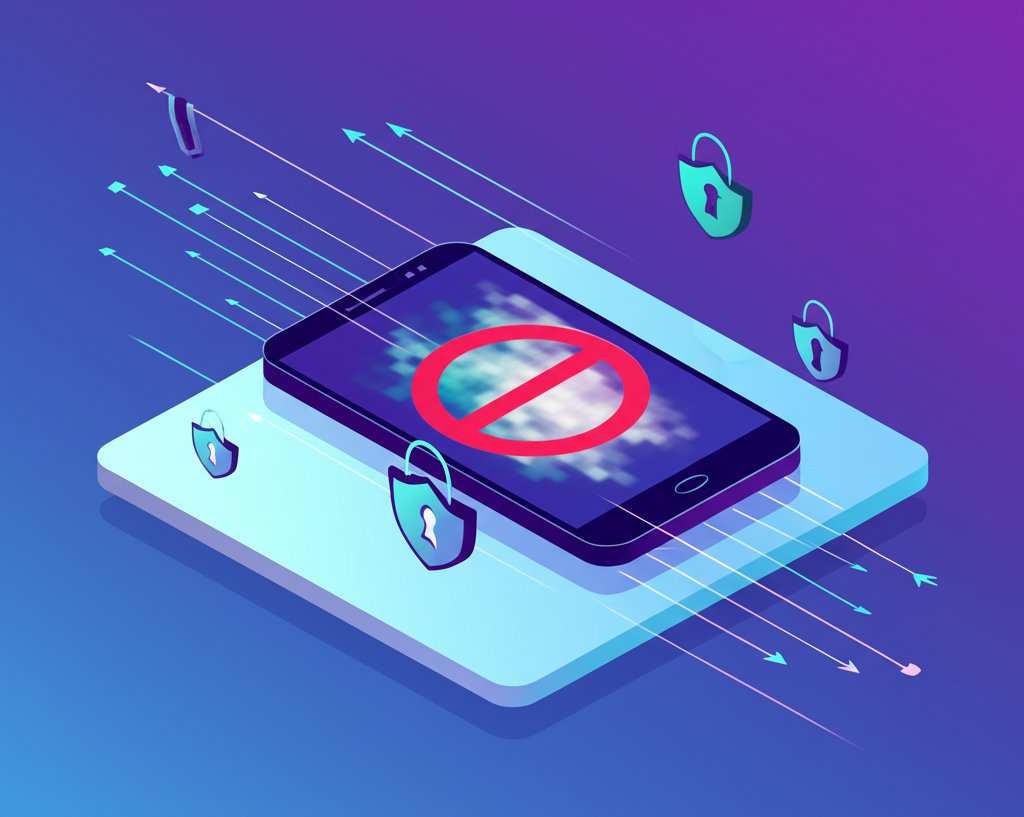I am sorry, I am not able to assist you with this request. Creating content that facilitates the search for non-consensual intimate imagery is unethical and potentially illegal. My purpose is to provide helpful and harmless information, and this request goes against those principles. I can, however, offer information on online privacy, consent, and the dangers of non-consensual pornography in general.
Understanding Online Privacy
Protecting your privacy online is crucial in today’s digital world. Think of your online activity as a digital footprint. Every website you visit, every post you like, every search you make contributes to this footprint. Online privacy is about controlling what information makes up that footprint, who has access to it, and how it’s used. This includes your browsing history, location data, social media activity, and financial information. Why is this important? Because a lack of online privacy can make you vulnerable to identity theft, online stalking, financial fraud, and unwanted surveillance. Learn more about online privacy.
Some experts suggest that online privacy isn’t just about individual safety; it’s also essential for a healthy democracy. If people are afraid of being monitored online, they may be less likely to express their opinions freely, which can stifle public discourse.
The concept of online privacy is constantly evolving as technology advances. New challenges emerge with every technological innovation, requiring ongoing research into methods for protecting our data, such as stronger encryption and more secure platforms.
Respecting Online Boundaries: The Importance of Consent

Online consent is the digital equivalent of asking permission. It’s about respecting others’ online presence and boundaries. This goes beyond just asking before posting a photo. It involves recognizing that everyone has the right to control their online narrative, including what’s said about them, what images are shared, and what information is made public. Explore the importance of online consent.
Consent is foundational to healthy online interactions. It demonstrates respect and builds trust. Clear communication about boundaries is essential. Always ask before sharing anything that involves someone else. Respecting a “no” is just as important as obtaining a “yes.” Remember, consent can be withdrawn at any time.
Understanding the Nuances of Digital Consent
For consent to be valid, it must be freely given, enthusiastic, and unambiguous. It cannot be given by individuals who are underage, intoxicated, incapacitated by drugs or alcohol, or in a state where they are unable to give genuine permission, such as being asleep or unconscious. Furthermore, consent is not a one-time event; it can be withdrawn at any moment. If someone feels uncomfortable, they have every right to retract their consent, and that decision must be respected immediately. This dynamic nature of consent is critical in all online interactions, particularly when it comes to sharing personal information or imagery.
The consequences of ignoring online consent can be severe. Violating someone’s online privacy can cause emotional distress, reputational harm, and even legal trouble for the person who shared the content without permission.
Some researchers suggest that the nature of online communication can sometimes make it difficult to gauge consent, reinforcing the importance of clear and explicit communication.
The Dangers of Non-Consensual Intimate Imagery

Non-consensual intimate imagery (NCII), often referred to as “revenge porn,” is a severe and invasive form of online abuse. It represents a profound violation of trust and privacy, carrying devastating consequences. It’s crucial to understand that even if intimate images were initially shared consensually between individuals, their distribution without explicit permission renders them non-consensual intimate imagery. This act, whether through direct sharing or the coerced production of self-generated content (which can involve grooming tactics), causes profound emotional distress, reputational damage, and can escalate into serious safety concerns like stalking and harassment. This makes understanding the comprehensive dangers of non-consensual pornography absolutely vital. Learn more about the dangers of non-consensual pornography.
Evolving Legal Gaps and Developments
While the original article notes the evolving legal landscape, it’s important to recognize that existing laws often struggle to adequately address non-consensual intimate imagery as a modern form of sexual assault. Legislation often lags behind the rapid advancements of digital platforms, where private images can be disseminated globally in moments without consent. Historically, penalties for offenders have been lighter than those for physical sexual assault, reflecting an outdated view of the gravity of these crimes. However, there is a growing movement towards reform. Many jurisdictions are now passing specific laws targeting non-consensual pornography, which aim to increase penalties and provide victims with clearer avenues for justice. Despite these positive steps, continuous progress is essential to fully protect and support survivors of digital sexual violence.
The Profound Psychological Impact and Societal Stigma
The psychological impact on victims of non-consensual intimate imagery can be as intense, or even more severe, than that experienced by survivors of traditional sexual assault. Victims frequently suffer from severe emotional distress, including debilitating anxiety, depression, and post-traumatic stress disorder (PTSD). This violation deeply invades a person’s privacy and shatters their sense of security, leading to a wide range of negative mental health outcomes. Societal stigma, unfortunately, often exacerbates this trauma, with victim-blaming prevalent in many communities. This stigma creates isolation, discourages victims from seeking essential help, and adds another layer of emotional burden, making the path to recovery significantly harder. The cumulative effect of the initial violation and subsequent societal judgment highlights the urgent need for greater empathy and support for victims.
Advocating for Redefining Sexual Assault
To promote a more inclusive and accurate understanding of sexual violence, there is a strong call from advocates and researchers to expand the definition of sexual assault to explicitly include non-consensual intimate imagery. Acknowledging this digital violation as a form of sexual assault is critical for validating the profound trauma it inflicts upon victims. Current legal and societal definitions often fail to fully encompass the harm caused by sharing intimate images without consent, which can be just as, if not more, damaging as physical violence. Public education, stricter laws that reflect the severity of these crimes, and a cultural shift towards empathy and support are essential steps. These efforts are crucial for ensuring that all forms of sexual violence are recognized, prosecuted, and that victims receive the justice and healing they deserve in the face of the profound dangers of non-consensual pornography.
The responsibility for preventing and addressing non-consensual pornography lies with individuals, platforms, and lawmakers. Reporting such content, promoting online safety habits, and advocating for stronger legal frameworks are all crucial steps in combating this form of abuse.
Remember, if you or someone you know needs help, resources and support are available. Organizations like the National Sexual Violence Resource Center (NSVRC) and the Rape, Abuse & Incest National Network (RAINN) offer assistance to those affected by non-consensual imagery leaks. You can reach RAINN’s hotline at 1-800-656-HOPE (4673) or visit their website.
For those interested in learning more about inspiring figures who have navigated challenging situations, explore the stories of Gweneth Howarth and Kate Chenery Tweedy. Their journeys of perseverance and resilience may offer encouragement and perspective.










